Hotly Debated Gun Training Techniques
Terry Nelson 02.11.20
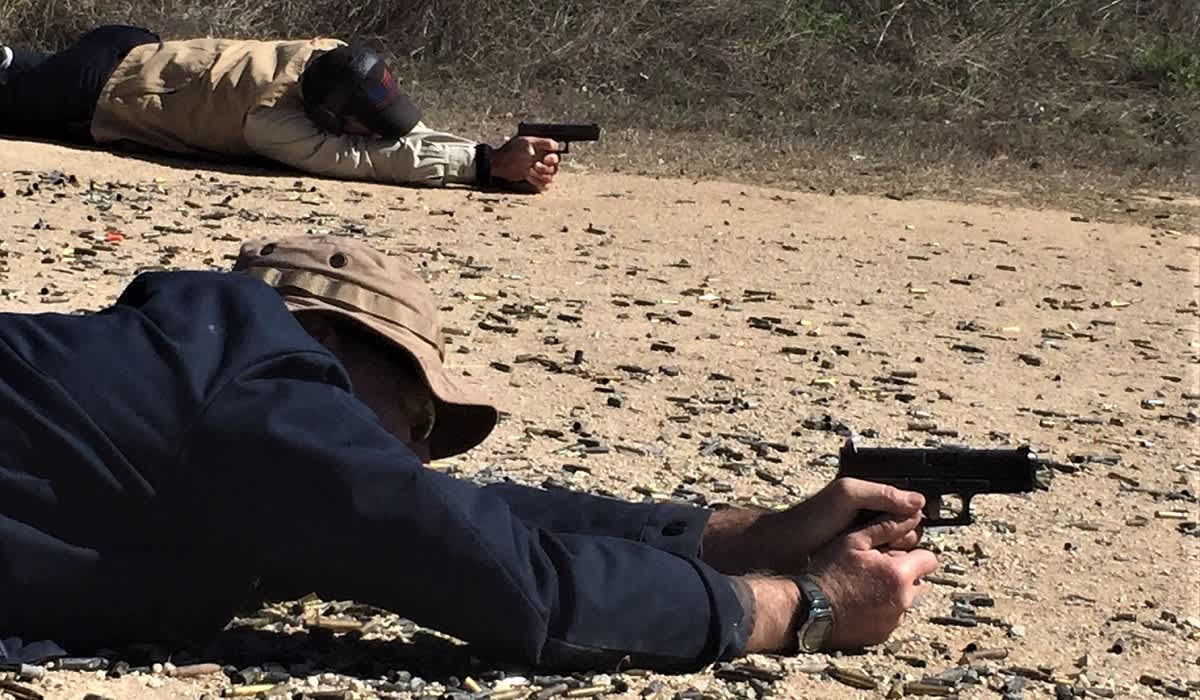
I have been a firearms and tactics trainer for decades now. As you can imagine, hot topics and favored techniques have changed over the years; some are even downright controversial. Without a doubt, most firearms trainers are very opinionated folk! That’s okay, most come by it honestly. What is hard to accept, however, is when I hear a student or another instructor say, “that’s not realistic, I would never do X”. My response is usually something like, okay please explain why? In most cases it is something like, “I only fight like I train”, or “my research shows that is likely to never happen.”
I respect every student/instructor’s opinion and have a firm belief that my way and techniques are not the only way. In fact, I go to great lengths to keep gaining new knowledge. Old dogs can learn new tricks!
While the following list is nothing new, I continue to hear and discuss much debate when it comes to the following training topics in relation to defensive shooting. Where definitions may be unclear, I’ll define what action I associate with each term, its purpose, and my current approach to its integration in defensive pistol training.
The Scan
The intent of doing a scan after engaging a threat is to visually identify additional threats. It is well-documented that about 50 percent of violent encounters involve two or more attackers. Despite that statistical evidence, many folks argue that the scan is a waste of time and more for show and will never be carried out in the real world under high stress. I believe it is a function of training. If you never practice it you will never perform this tactic if the day comes when you really need it.
I clarify with students they should not take their eyes off a valid threat unless the subject is neutralized, possibly including having done a hasty retreat upon realizing you were not an easy victim. At that point just like in everyday living, you should be aware of your complete surroundings to the extent possible, which means you have to look around, AKA scan.
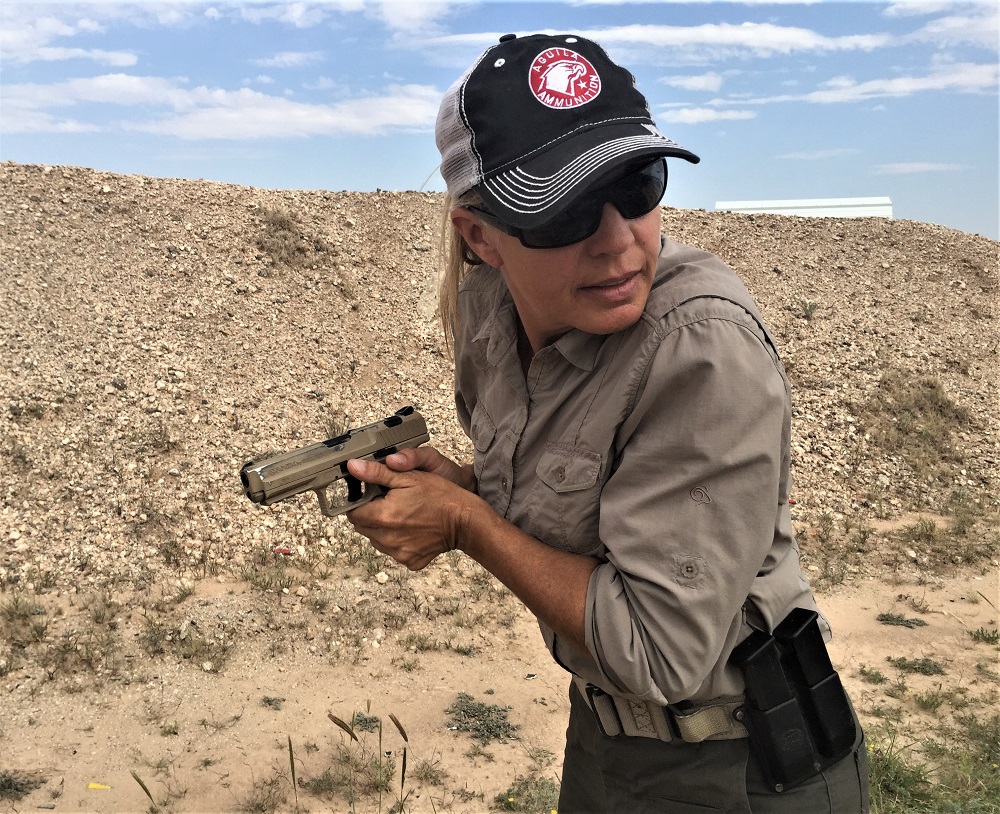
To incorporate this into training, the scan should be done with a purpose. I recommend when students come off target that they find an object to the left and to the right and even over their shoulder that they actually look at and identify. In other words, go visually hunting for other possible threats.
Tactical Reload
The tactical (tac) reload has been the victim of much debate. I once had a security student that advised in his past training and experience a tac reload was not sound and therefore refused to demonstrate the technique even though it was required on his armed security qualification.
The premise behind this skill is simply to exchange a partial magazine with a full one while keeping the partial magazine for use later if needed. I believe the tac reload has a place in both training and in the real world. It goes without saying that a person would not attempt a tac load or magazine exchange while under fire, only if the threat is down or has left the area and you have the luxury of a bit of time to perform a magazine exchange while no immediate threat is present. Still there are those who are adamant this is not a viable option, nevertheless it is an accepted and continued training skill set among law enforcement and military units.
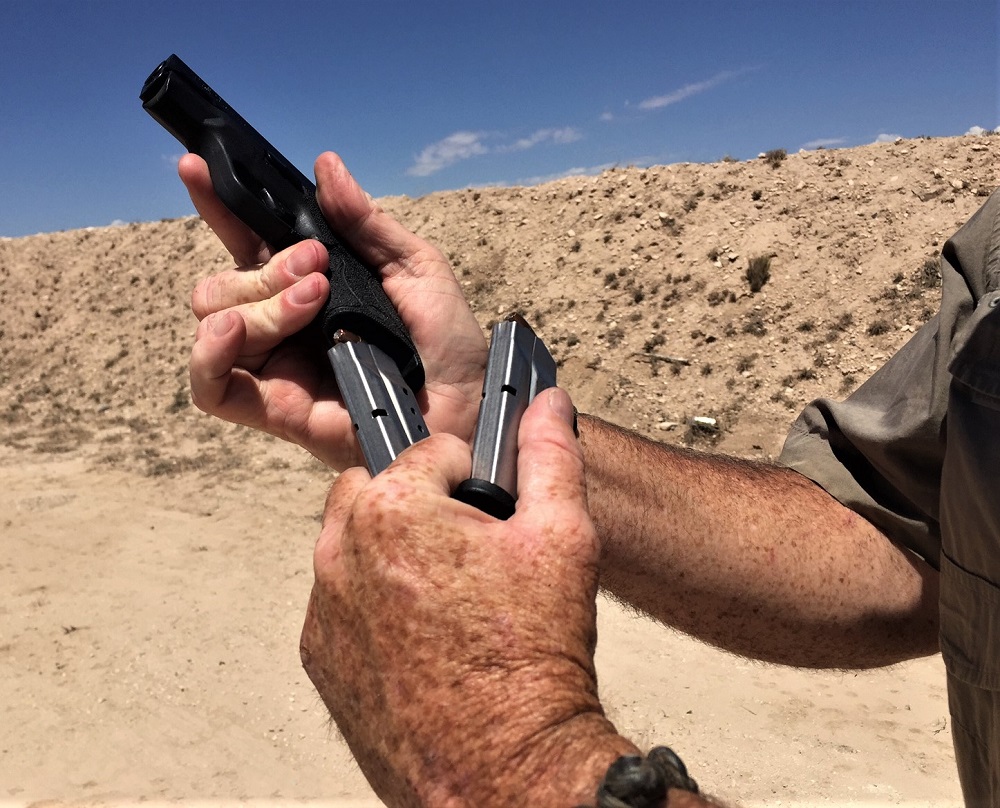
Head shots
A head shot is commonly defined as a shot aimed at the soft-tissue region of the skull. Really this describes any precision shot intended to land in a target area about the size of a fist, whether in the head or elsewhere. After the church shooting in White Settlement, Texas, there can be little doubt as to the potential need of making a head shot. Still, some view this aspect of training as unnecessary. I could not disagree more. It is interesting to watch someone make consistent center mass shots and then flub the shot to the head zone in training. It takes lots of proper training and good trigger presses to make consistent small zone hits. It should absolutely be a part of your defensive handgun training regimen, if for no other reason than a small target area may be the only one available to you.
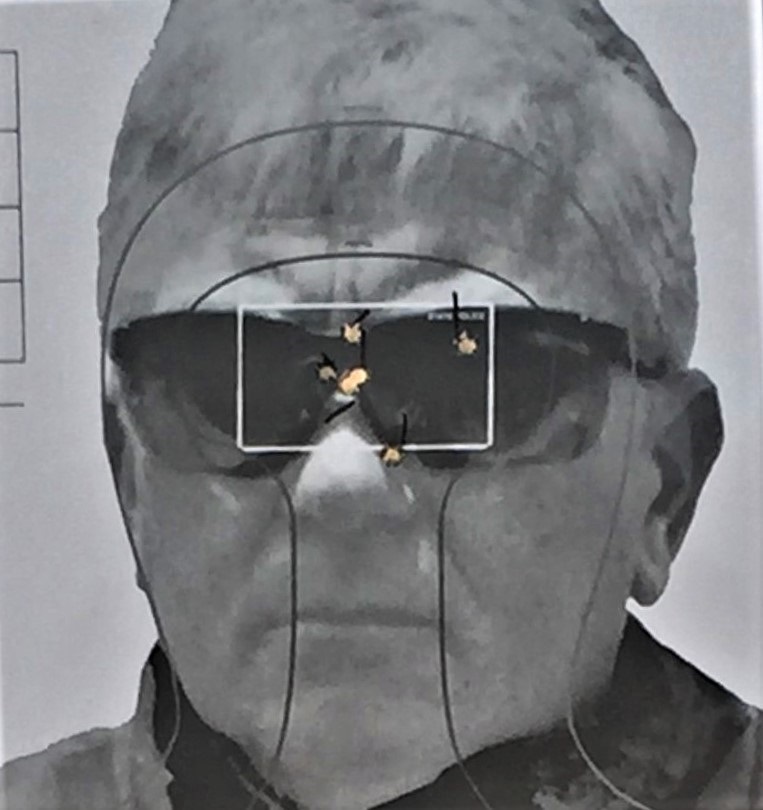
Distance shooting with a handgun
Statistics show that about 95 percent of all defensive encounters occur from about seven yards or less. This does not mean you should avoid training out to 25 yards and beyond. Again, the recent shooting in a Texas church required about a 12-yard shot. Providing law enforcement and security qualifications on a regular basis, I see on average 40 to 50 percent of shots from 15 yards to 25 yards missed during qualification standards, yet we continue to enforce the majority of training at seven yards and closer. This standard needs to change for both officers and civilian concealed carry holders.
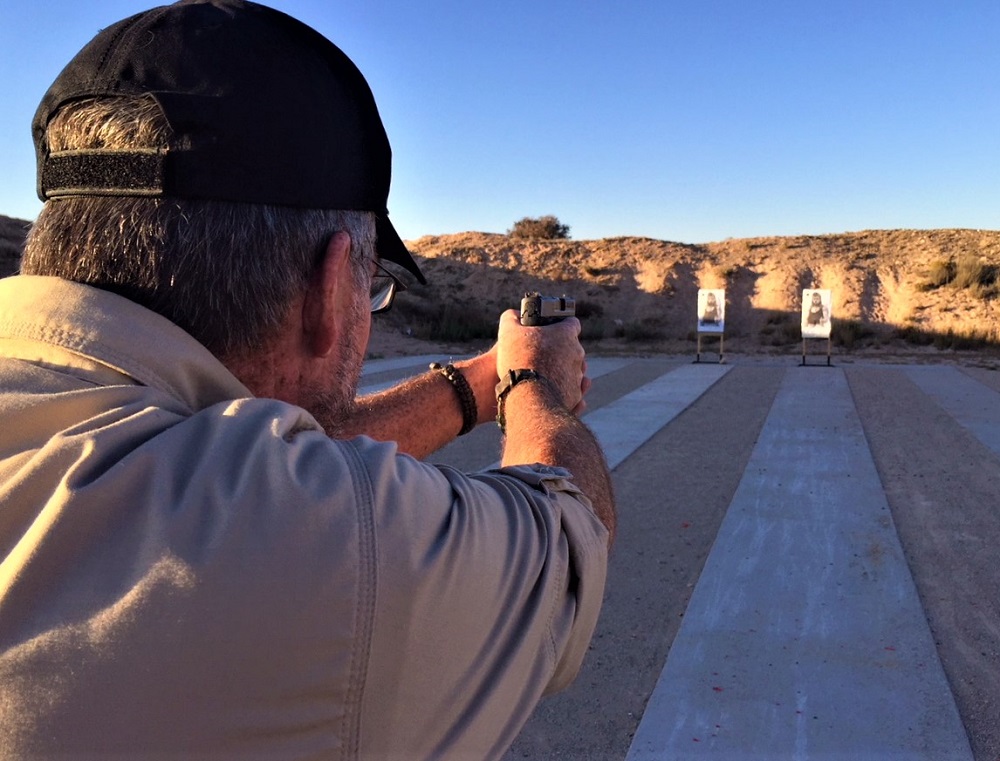
Drawing and holstering from concealment
Granted, training conducted from concealment holsters or carry methods has an increased risk. Many folks, both trainers and students, refuse to provide or partake in this level of training. While its agreed that drawing and re-holstering from a concealed position needs to be taken slowly and with deliberate supervision from a skilled trainer, it should not be avoided with students that have sufficient skills and safety protocols that are well-established.
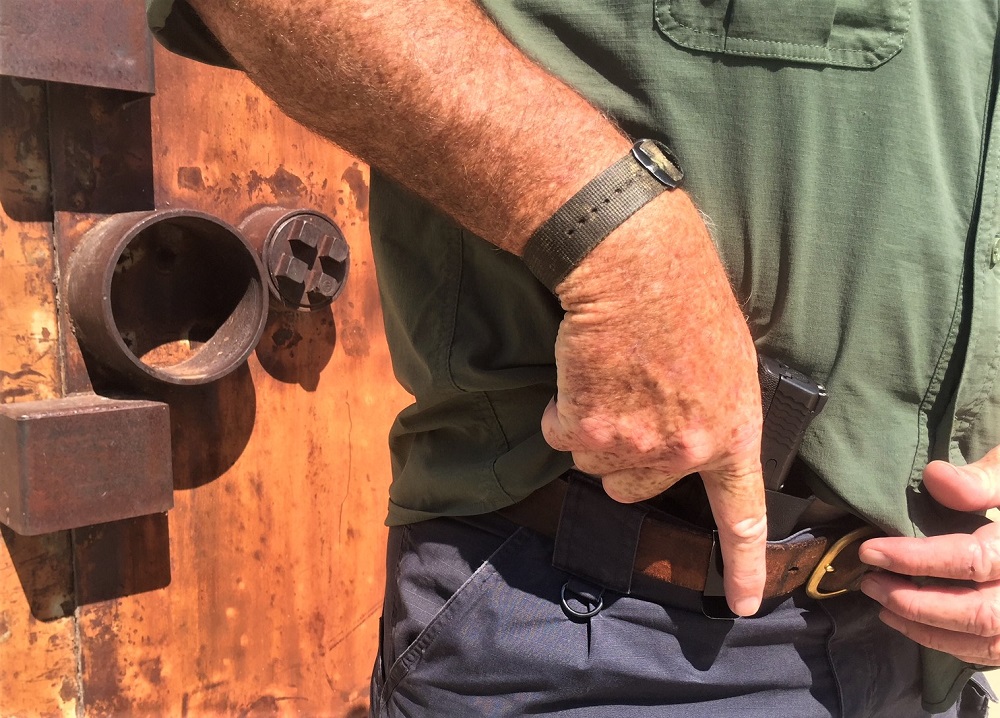
I am sure there are other training skills and methods that are hotly criticized and debated. These five are some of the most consistently griped about in my experience. The main thing to remember is that good training leads to confidence and positive results, so get out and train!

